Sweat It Out: How Saunas Can Improve Your Well-Being

Traditional Saunas Across Cultures
The concept of sauna is not unique to any one culture; it exists in different forms around the world, each reflecting its local traditions and practices. In Finland, for example, it has long been a cornerstone of community life. Finnish saunas, often made of wood, provide not only a place to relax but also a sacred space for families and friends to gather and unwind. Similarly, sweat lodges in Native American culture serve a similar purpose, using steam and high heat as methods of spiritual purification and healing. These sweat lodges often involve herbs, prayer, and a strong community element, with an emphasis on mental clarity and physical purification. Furthermore, in Japan, hot springs serve as a therapeutic retreat and community center, highlighting the cultural significance of communal bathing experiences. Each of these examples highlights how they serve a variety of social functions while promoting wellness.
Evolution of Modern Saunas
As society has evolved, so have saunas. They have undergone a major transformation, incorporating new technology and materials while maintaining the essence of relaxation and detoxification. Here is an overview of some notable developments:
- Infrared Saunas: Introduced in the late 20th century, these utilize infrared heaters, enabling a more comfortable experience at lower temperatures.
- Steam Rooms: A variation that emphasizes humidity, steam rooms often appeal to those who prefer a moist heat environment.
- Portable Options: With the advent of technology, personal sauna kits allow individuals to create a spa-like experience at home without extensive renovations.
Read also: Understanding the Importance of Mental Health First Aid.
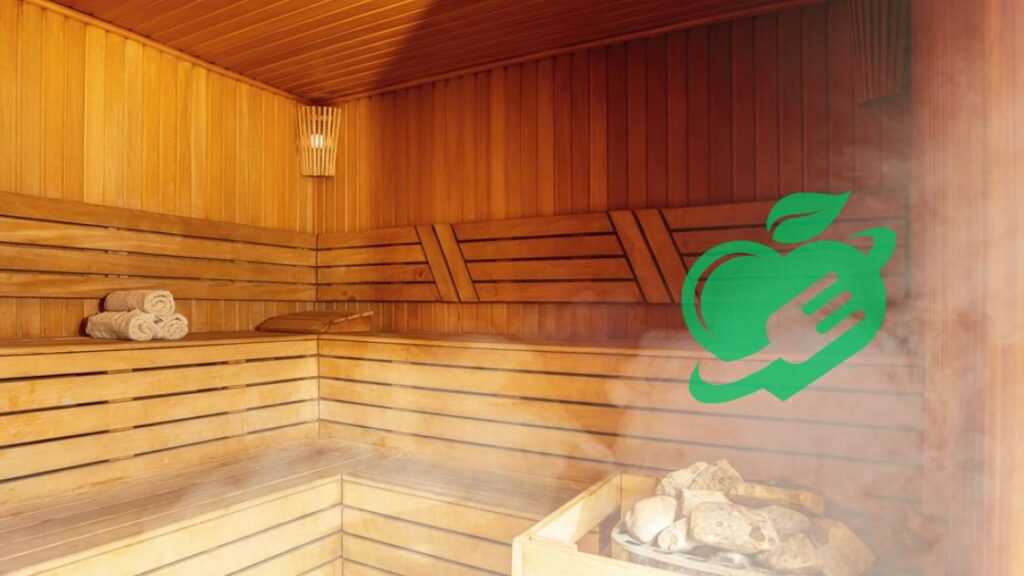
Detoxification Through Sweating
When one steps into a sauna, the immediate sensation is often warmth enveloping the body. This warmth encourages sweating, which is one of the most natural ways our bodies detoxify. Sweating doesn’t just cool you down; it also helps expel toxins such as heavy metals and environmental chemicals. Research has shown that regular sauna use can lead to increased sweating, ultimately enhancing the body’s ability to eliminate:
- Lead
- Cadmium
- Mercury
- Formaldehyde
Many sauna enthusiasts report feeling lighter and clearer after a session, as if they’ve shed more than just water weight. Personal experiences shared in wellness communities often highlight increased energy levels and improved skin clarity, making detoxification seem not only beneficial but also revitalizing.
Cardiovascular and Physical Benefits
The benefits of saunas extend beyond detoxifying the body. Studies show that regular use can support cardiovascular health. The heat causes blood vessels to dilate, improving circulation in a way similar to the effects of moderate exercise. Benefits include:
- Lower blood pressure: Over time, consistent sauna sessions can contribute to improved heart health.
- Increased heart rate: A sauna session can elevate your heart rate, mimicking cardiovascular workout outcomes.
Mental Health and Stress Relief
In today’s fast-paced world, mental health is more critical than ever. Saunas offer a sanctuary to disconnect, relax, and recharge. The heat from the sauna encourages relaxation and can lead to lower levels of cortisol, the stress hormone. Benefits might include:
- Improved mood: Many users report feeling calmer and more centered after a session.
- Meditative experience: For some, the tranquil environment allows for deeper contemplation or mindfulness practice.
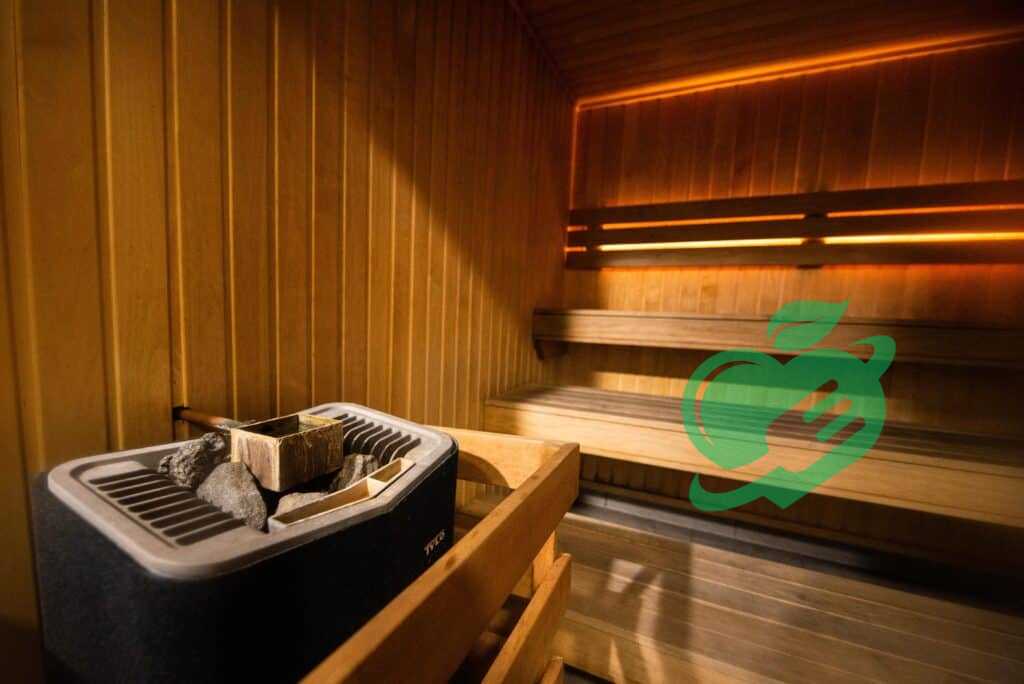
Types of Saunas
Traditional Finnish Sauna
When diving into the world of saunas, we can’t ignore the quintessential Finnish sauna, which is universally respected for its rustic charm and deep cultural significance. Typically built of wood, they are heated by a traditional stove that heats a pile of rocks, creating dry heat that can reach temperatures between 160°F and 200°F (70°C to 100°C). Here are some of the distinguishing features:
- Steam and “löyly”: Throwing water on the heated rocks produces steam, which is known as “löyly,” enhancing the sauna experience.
- Social aspect: Finns often enjoy their sauna sessions with friends or family, creating a relaxed and inviting atmosphere.
Experiences shared by sauna goers often highlight a refreshing plunge into a nearby lake or a shower post-session, providing a fantastic contrast to the intense heat.
Infrared Saunas
Next comes the modern infrared sauna, a new twist on the traditional concept. Instead of heating the entire room, these infrared saunas use infrared lamps to heat the body directly. This method allows for lower ambient temperatures, typically between 120°F and 150°F (49°C to 65°C), while still providing that soothing experience. Benefits include:
- Deeper tissue penetration: Many users report enhanced muscle recovery due to deeper heat penetration.
- Energy efficiency: They typically consume less energy than conventional saunas, making them an eco-friendly option.
Personal testimonies reflect a warmer, more comfortable experience, allowing users to stay longer without feeling overwhelmed by higher heat.
Steam Room Saunas
Finally, steam room saunas offer a unique appeal with their high humidity levels and lower temperatures, around 110°F to 120°F (43°C to 49°C). Often found in spas, steam rooms create a moist environment conducive to relaxation and rejuvenation. Key features include:
- Benefits for the skin: The steam can help cleanse and hydrate the skin, resulting in a healthy glow.
- Respiratory relief: Many individuals find steam rooms beneficial for clearing sinuses and relieving symptoms of allergies or colds.
Read also: Find Hope at a Leading Mental Health Hospital.

Sauna Etiquette and Safety Tips
Proper Hydration
As one immerses oneself in the calming warmth of a sauna, an often-overlooked aspect is the importance of proper hydration. While the relaxing heat promotes sweating and detoxification, it also means your body is losing fluids. Here are a few tips to ensure you stay hydrated:
- Drink water before and after: It’s crucial to drink a glass of water before entering the sauna and replenish fluids following your session.
- Electrolytes: Consider a sports drink if you’re spending an extended time in the sauna, as it helps replenish lost electrolytes alongside hydration.
- Listen to your body: If you feel dizzy or lightheaded, exit the sauna immediately and hydrate.
A memorable session for many sauna lovers is when they fully enjoy the experience after prioritizing hydration, feeling revitalized instead of fatigued.
Time Limits and Frequency
Knowing how long to stay in a sauna is critical for maximizing benefits while ensuring safety. Most experts recommend starting with shorter sessions of about 10 to 15 minutes. As you become accustomed, you can gradually extend it to around 20 to 30 minutes. Consider these guidelines for frequency, too:
- Two to three times a week: Regular sauna sessions can yield numerous health benefits, but moderation is key.
- Rest intervals: After each session, take a break for at least 5 to 10 minutes to cool down.
Many seasoned sauna enthusiasts swear by these time limits, noting that this practice enhances their experience and keeps them feeling great afterward.
Precautions for Vulnerable Populations
It can be extremely beneficial, but certain populations should exercise caution. Pregnant women, individuals with heart conditions, or those with respiratory issues should consult a healthcare professional before indulging in sauna sessions. Recommendations include:
- Shorter sessions for sensitive individuals: If you have any pre-existing health conditions, limit your time to about 5 to 10 minutes initially.
- Always listen to your body: If at any point you discomfort or feel unwell, it’s prudent to exit the sauna.
Being mindful of these protocols enhances your sauna experience while ensuring safety for everyone involved. Establishing proper etiquette and safety measures allows for enjoyable, health-focused sessions that can easily become a cherished part of one’s wellness routine.
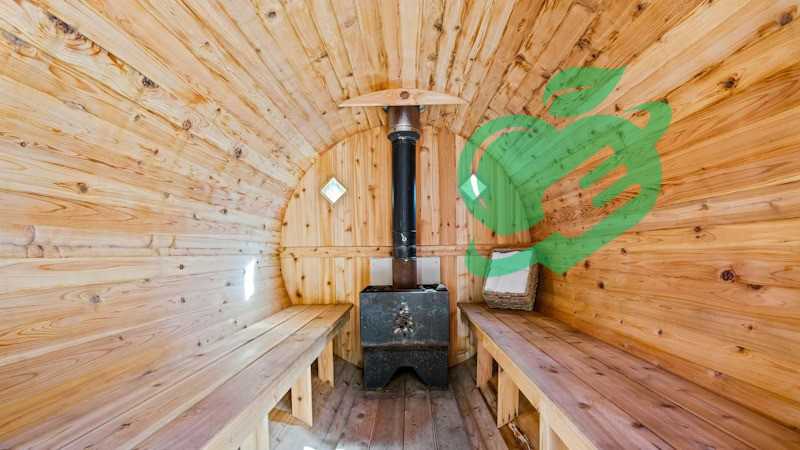
Incorporating Saunas into Your Wellness Routine
As anyone who loves it sessions knows, preparation is key to enhancing the experience. Before stepping into the sanctuary of warmth, a little prep can make a notable difference. Here’s a checklist to consider:
- Stay Hydrated: As discussed previously, drinking a glass of water before entering is essential to keep your body hydrated.
- Shower First: A quick rinse not only helps you feel fresh but also makes the sauna environment cleaner for everyone.
- Dress Appropriately: Wear a comfortable swimsuit or a specially designed sauna towel—this helps facilitate a relaxed experience while maintaining etiquette.
Post-Sauna Care
Once you step out of the sauna, the right post-care routine greatly enhances the benefits you’ve just enjoyed. Consider the following:
- Cool Down: Allow your body to gradually return to normal temperature; stepping outside or taking a cool shower can aid in this process.
- Rehydrate: Drinking water again after your sauna not only rehydrates you but also helps replace lost minerals. Herbal teas can also be soothing.
- Moisturize: After sweating, it’s an ideal time to apply moisturizer to rejuvenate your skin, especially if you’ve experienced heavy sweating.
Personal experiences echo this sentiment; many report feeling more refreshed and vibrant when they embrace these post-care steps.
Read also: Thyroid Troubles? Find Relief with Effective Hypothyroidism Treatments
Combining Saunas with Exercise
Combining sauna sessions with exercise can enhance the health benefits. Imagine finishing your workout and getting in; combining the two feels like a mini spa day. Some ways to combine the two include:
- Warmup before exercise: A brief sauna session can help loosen muscles for a more effective workout.
- Cool down afterward: Following exercise with a sauna can promote recovery, relieving muscle tension and enhancing circulation.
Read also: Unlocking the Benefits: How Veggies Can Lower Your Blood Pressure.
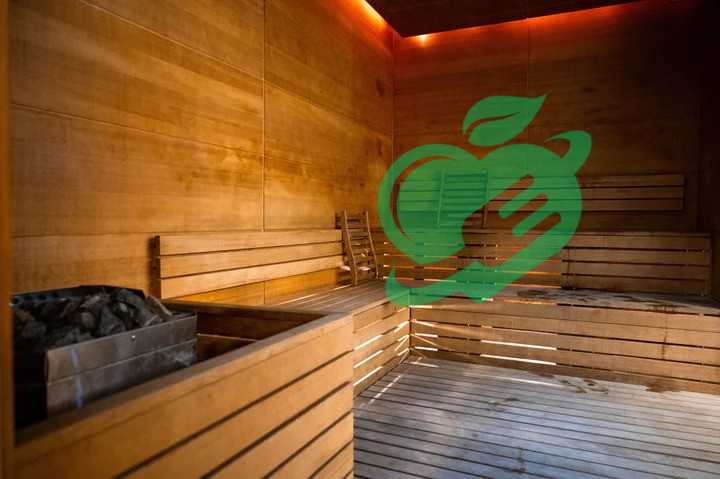
Saunas for Recovery and Relaxation
Post-Workout Benefits
After a rigorous workout, there’s nothing quite like sinking into a sauna to soothe tired muscles. The high heat and steam can help alleviate soreness and promote recovery in a multitude of ways. Here’s how their magic works post-exercise:
- Increased blood flow: The heat encourages blood circulation, which helps deliver nutrients and oxygen to tired muscles, potentially speeding up recovery.
- Reduced lactic acid: Saunas may help reduce the accumulation of lactic acid, which often causes that dreaded post-workout soreness.
- Relaxation of tight muscles: The warmth helps relax muscle tension, leaving you feeling loose and rejuvenated.
Improving Sleep Quality
Transitioning to relaxation after a busy day can often be difficult, but regular sauna use can be key to getting a better night’s sleep. The relaxation it provides can lead to deeper, more restorative sleep cycles. Consider the following factors:
- Body Temperature Regulation: The sauna raises your core body temperature, and stepping out cools you down, mimicking the natural drop in body temperature that happens before sleep.
- Release of Endorphins: The feelings of relaxation and euphoria associated with sauna use can stimulate the release of endorphins, decreasing stress and anxiety—key culprits in poor sleep.
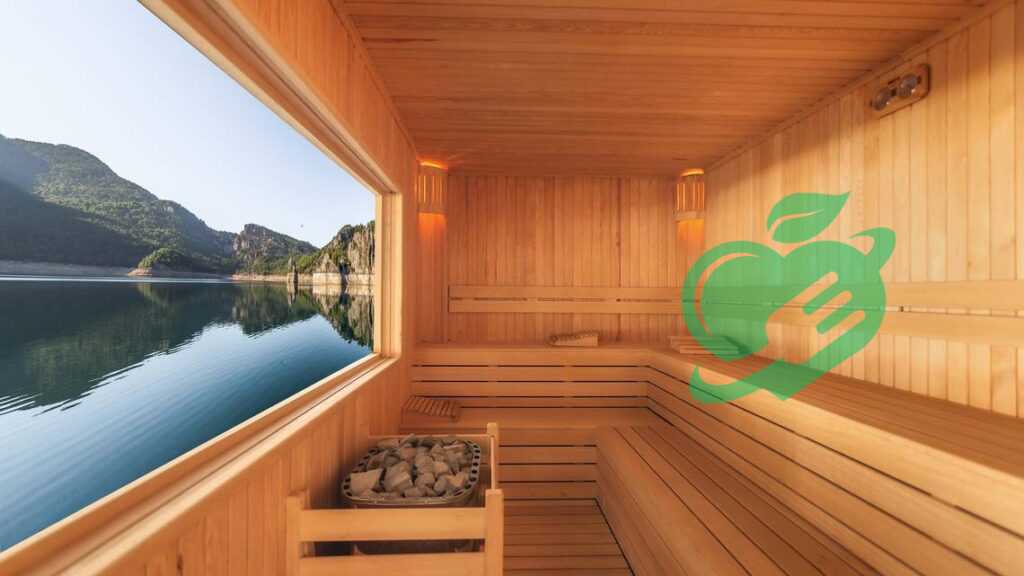
Creating a Sauna Environment
Creating a sauna environment in your own home can be both fun and rewarding. While you might think it requires a lot of space or costly installations, there are ways to cultivate that soothing atmosphere affordably and efficiently. Here are some simple steps to consider:
- Choose the Right Space: Whether it’s a corner in your basement, a spare bathroom, or even a large closet, find a space that can safely accommodate heat and humidity.
- Use Proper Materials: Wood is essential for a traditional sauna feel. Cedar and pine are great choices since they withstand heat and humidity well. If you’re opting for a DIY sauna, consider paneling the walls, which can enhance aesthetics and functionality.
- Ventilation: Ensure good airflow to maintain a comfortable environment. Install vents to help regulate humidity and temperature effectively.
Read also: Life After Open Heart Surgery: Tips for a Smooth Recovery
Budget-Friendly Options
Building a sauna at home doesn’t have to break the bank. Several budget-friendly options can provide a great experience without hefty price tags. Consider these:
- Portable Sauna Kits: Available online, these pop-ups are relatively inexpensive and easy to set up. They don’t require permanent installation and can be stored away when not in use.
- Infrared Heat Panels: Instead of a full-blown sauna, consider using infrared heat panels, which can be mounted on walls and warm up small areas effectively.
- DIY Wood Sauna: For those handy with tools, building a simple wood-frame sauna with basic supplies can be one of the more cost-effective approaches.
Read also: Chest Symptoms: Common Causes & How to Get Relief.
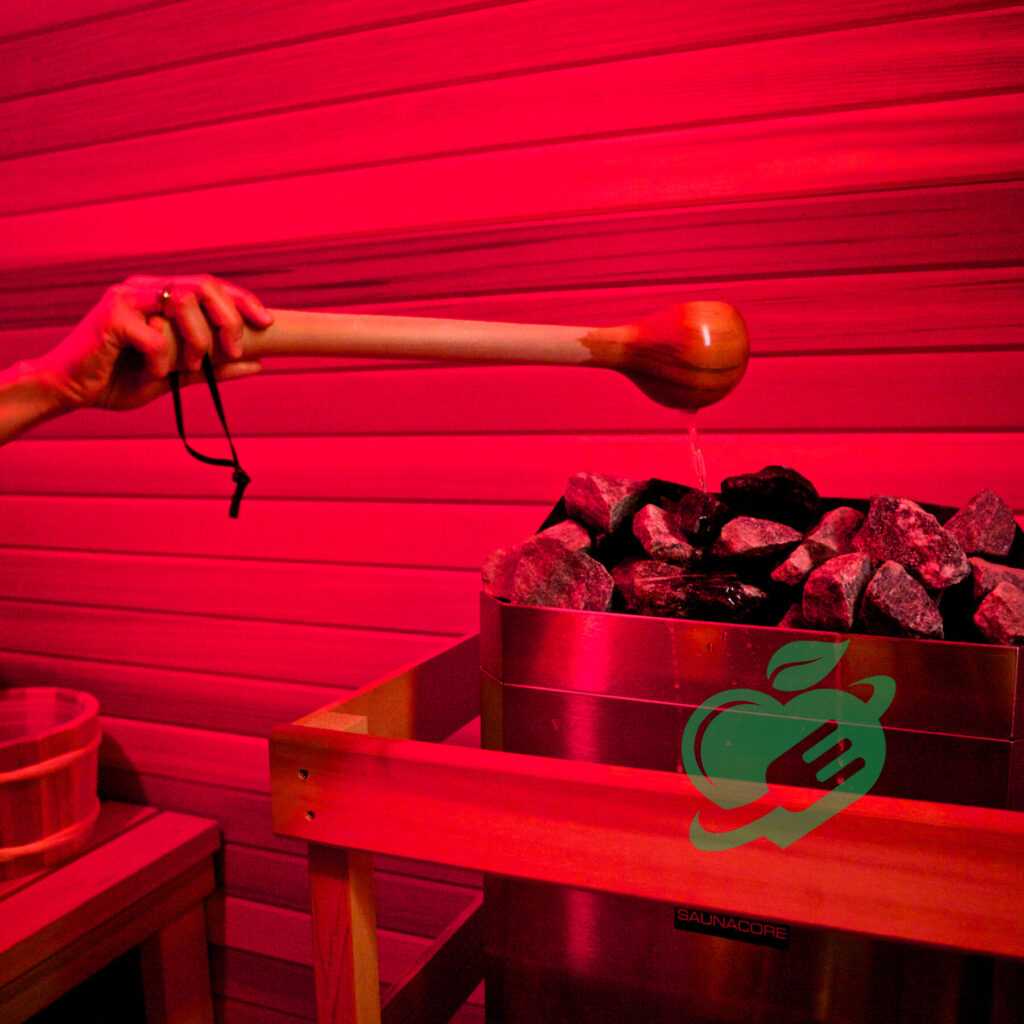
Future Trends and Innovations in Sauna Technology
Smart Sauna Features
As technology continues to evolve, they are not left behind. The rise of smart technology is transforming traditional experiences into high-tech retreats, enhancing convenience, comfort, and personalization. Imagine stepping into your sauna, which adjusts the temperature automatically based on your preferences or even activates upon your arrival home. Here are some exciting smart features:
- Smartphone Integration: Many modern saunas now come equipped with apps that allow users to control settings such as temperature, humidity, and lighting directly from their smartphones.
- Automated Programs: Adjustable pre-set programs can cater to different needs, whether it’s a quick detox session or a longer relaxation period.
- Health Monitoring: Some saunas now incorporate health tracking features, measuring heart rate and temperature, providing users with real-time data on their wellness.
Sustainability in Sauna Design
With growing awareness of environmental impact, sustainability is becoming a paramount focus in sauna design. Modern consumers are looking for eco-friendly options that don’t compromise quality or comfort. Consider these sustainable trends:
- Eco-friendly Materials: Many manufacturers are now using sustainably sourced wood, such as bamboo, which is fast-growing and renewable.
- Energy-Efficient Models: Innovations in sauna heating technology aim to reduce energy consumption while still providing effective heat, making them more environmentally friendly.
- Water Recycling Systems: Some saunas incorporate water recycling mechanisms for steam, minimizing waste and conserving resources.
Read also: The Science Behind Spicy Food and Why We Love It.

Follow us for more updates and breaking news, as we provide you with everything new.




One Comment